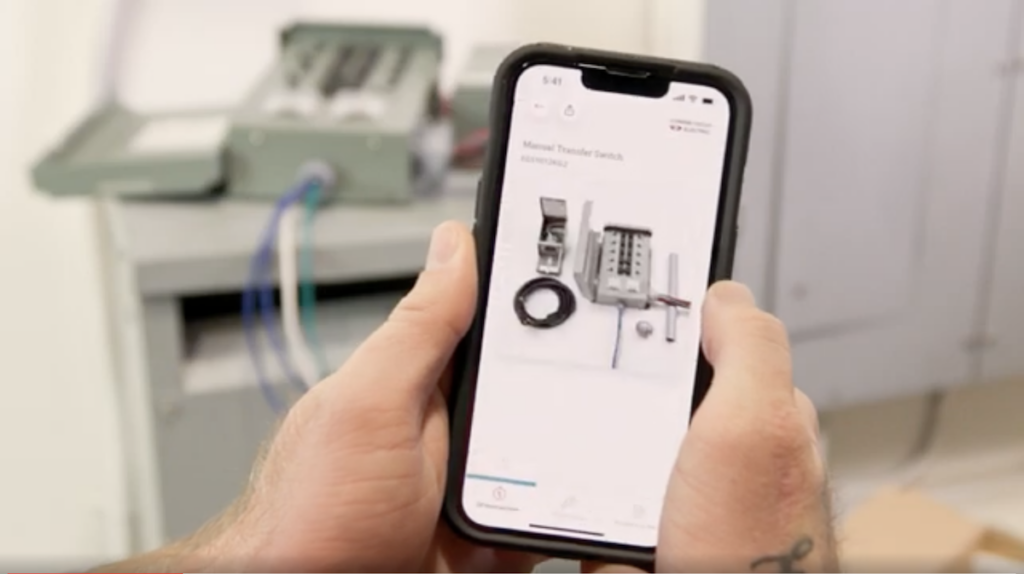The field service industry is in the midst of a significant labor shortage. According to a survey of nearly 40,000 employers, skilled trade positions were the hardest roles to fill. Another study found that more than 50% of field service technicians don’t anticipate remaining in their current role long-term while nearly 70% of service organizations anticipate labor shortages as a result of retirements in the near future.
Job shortages invite potentially significant issues. For businesses depending on field technicians for their customer service, shortages can become devastating. The inability to schedule timely appointments or rely on services being fulfilled to quality satisfaction can alienate customers and stakeholders alike. While there is no single solution to this industry-spanning issue, modernizing your field service training can play a significant role in filling the gaps.
The Nuances of an Ongoing Field Service Labor Shortage
Like many industries, the field service landscape is facing a labor shortage that has been years in the making. Fewer workers than ever are entering the skilled trades, with significant consequences across the board. As a 2023 New Yorker article on “The Great Electrician Shortage” pointed out,
Job openings in the construction industry averaged three hundred and ninety thousand a month in 2022, and the shortfall was made more ominous by the fact that roughly a quarter of existing workers are older than fifty-five.
There are many potential reasons for this shortage. The New Yorker points to the stigma of not getting a college degree and the traditionally male stereotype of skilled labor as evidence. But the issues go deeper, from less trade skill training in high schools to the perspective that field service jobs aren’t prestigious enough to pursue as a career.
The labor problem was made worse by the COVID-19 pandemic, during which field service techs suffered more than many other industry workers. Often depending on in-person interactions but not designated as essential workers, field service techs saw themselves replaced by self-service options and moved on to other fields.
Effects of Field Service Workers Retiring
Regardless of societal and cultural impacts, the workforce is getting older, increasingly facing retirement—and there are not enough younger replacements who are either qualified or willing to jump into the same jobs. For businesses depending on field techs for their core operations, the results can be catastrophic.
Related: How to Upskill Your Technicians for Today’s Field Service Landscape
Replacing retiring experts almost by necessity means finding less skilled workers. Productivity decreases and so do the chances of getting the job done right the first time—increasing long-term costs and lowering customer satisfaction in the process. Because fewer workers are available to fill those open positions, more money is spent finding and recruiting professionals to keep the business running.
Managing the Issue of an Aging Workforce
Much of the current field service labor shortage comes down to the generation gap. It’s worth examining just why this factor is so important to consider for companies looking to solve the issue.
Field service, of course, relies extensively on understanding the job and knowing how to perform the varied tasks. Older professionals have acquired that knowledge over the course of years and decades, requiring increasingly little training outside of updated equipment or changing processes.
In a healthy industry, that knowledge gets passed down over time in an apprentice-style arrangement. Younger professionals shadow their more experienced counterparts, learning on the job to build similar levels of expertise. But when the workforce begins to skew older, this level of natural replacement training can no longer happen. When those experienced professionals retire, there’s no one to naturally fill the void and keep the cycle of training and productivity going.
To clarify, an aging workforce is not necessarily a unique aspect of field service industries. According to the Pew Research Center, the median age of the average worker is rising in almost every field. And while that effect is currently delaying retirements, it will also lead to those retirements happening in greater numbers—driving an even bigger shortage with even more potentially significant consequences.
Strategies recommended for other industries to attract younger workers, like offering more flexible schedules and remote working opportunities, simply don’t apply here. Instead, any viable solution has to address the fact that younger field techs are more difficult to attract and less likely to be trained in specific fields. However, a comprehensive, modern training mechanism can make a major impact.
The Impact of Modernizing Your Field Service Labor Training
The ongoing talent shortage makes it more important to focus on attracting professionals who want to work in your field and for your organization. That means building a positive employee experience, making your organization a great place to work, and offering learning and development opportunities that the modern workforce seeks.
There are several ways to build that employee experience, including integrating it directly with your customer experience. Beyond the obvious, such as improving the work environment and the technology your workers use, it also has to revolve around training.
A recent article about the future of field service management specifically points to training as a central way to attract new, younger professionals to the industry and your organization. You maintain learning exercises, team-building events, and synchronous training courses, but it’s also worth modernizing how you build the training.
Making Adaptations to Training Programs
Consider the benefits of microlearning. According to one study, workers learn best in increments of three to seven minutes. The more you can break up training into short bursts, the better. Focus on individual skills and procedures rather than pushing comprehensive processes or entire skill sets on your new employees.
Younger generations also learn through more diversified channels. There’s a reason that in recent years, as Millennials and Gen Z have begun to dominate the workforce, virtual and augmented reality training is taking off. More immersive methods of training can play a core role in getting younger, less skilled professionals up to speed with core skills.
Related: 7 Strategies for Effective Training with a 3D Work Instruction App
The impact of embracing this type of microlearning, technology-based approach can be immense. Most importantly, it provides an opportunity for bridging an increasing talent gap that comes as a side effect of the aging field service workforce. Approaching training opportunities in ways that younger workers prefer makes it more likely for them to get up to speed and learn the skills needed to succeed.
Just as importantly, modernizing your field service training also positions your company as more appealing to younger employees who are considering field service as a potential career. It positions a relatively traditional, hands-on job opportunity as modern and forward-facing, increasing its potential to attract young professionals who are otherwise on the fence about joining this industry to start or advance their careers.
Leveraging 3D Work Instructions to Modernize Your Training
With the general impact of more modern approaches to learning and training established, the question revolves around just what those approaches might look like. There are many opportunities, of course, from the above-mentioned augmented and virtual reality method to learning management systems that offer quick, on-demand modules for key skills.
But don’t forget about 3D work instructions as a core component of this type of training. In fact, the right instructions fit all the criteria that have become so important for today’s talent market.
- They’re visual, making it easy for newcomers to the field service industry to learn and retain information.
- They’re dynamic, enabling both comprehensive learning and quick break-outs of individual components.
- They’re immersive, enabling trainees to manipulate their view, look at equipment and other physical pieces from all angles, and customize the training for their needs.
Attract Top-End Talent and Improve Retention
These advantages turn digital work instructions into a core component for building a training and reference system that attracts top talent into field service. While they can’t solve the talent shortage on their own, they can play a small but crucial part in making it a more attractive field that today’s newcomers to the workforce want to join.
Just as importantly, 3D field instructions can improve retention among your current employees as well. Thanks to more immersive and ultimately successful training, your field techs will be more successful, more confident, and more satisfied in their daily work, ultimately becoming more likely to choose you over a competitor where they might do the same level of work.
Incorporate 3D Instructions Into Your Training to Bridge Field Service Labor Gaps
In essence, 3D work instructions have an underestimated potential to help address the talent shortage in field services. Of course, their true impact on your organization depends on how you can build and present them. That’s where BILT comes in. We can transform your outdated paper and video manuals into fully manipulable 3D instructions that can be accessed from nearly any device without the need for special equipment. Download the BILT app to learn how you can turn your static instructions into immersive training and reference materials that empower your workforce.



